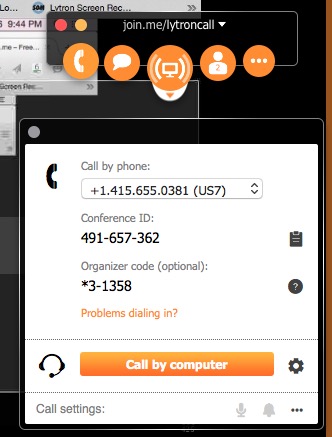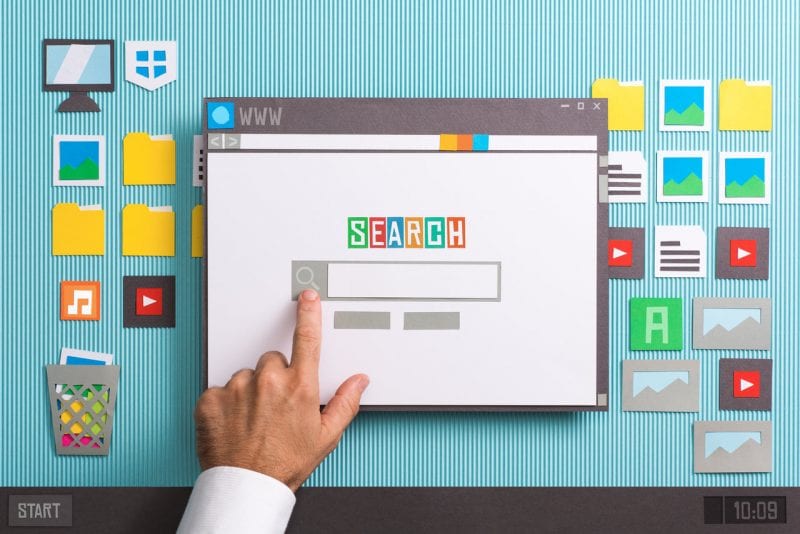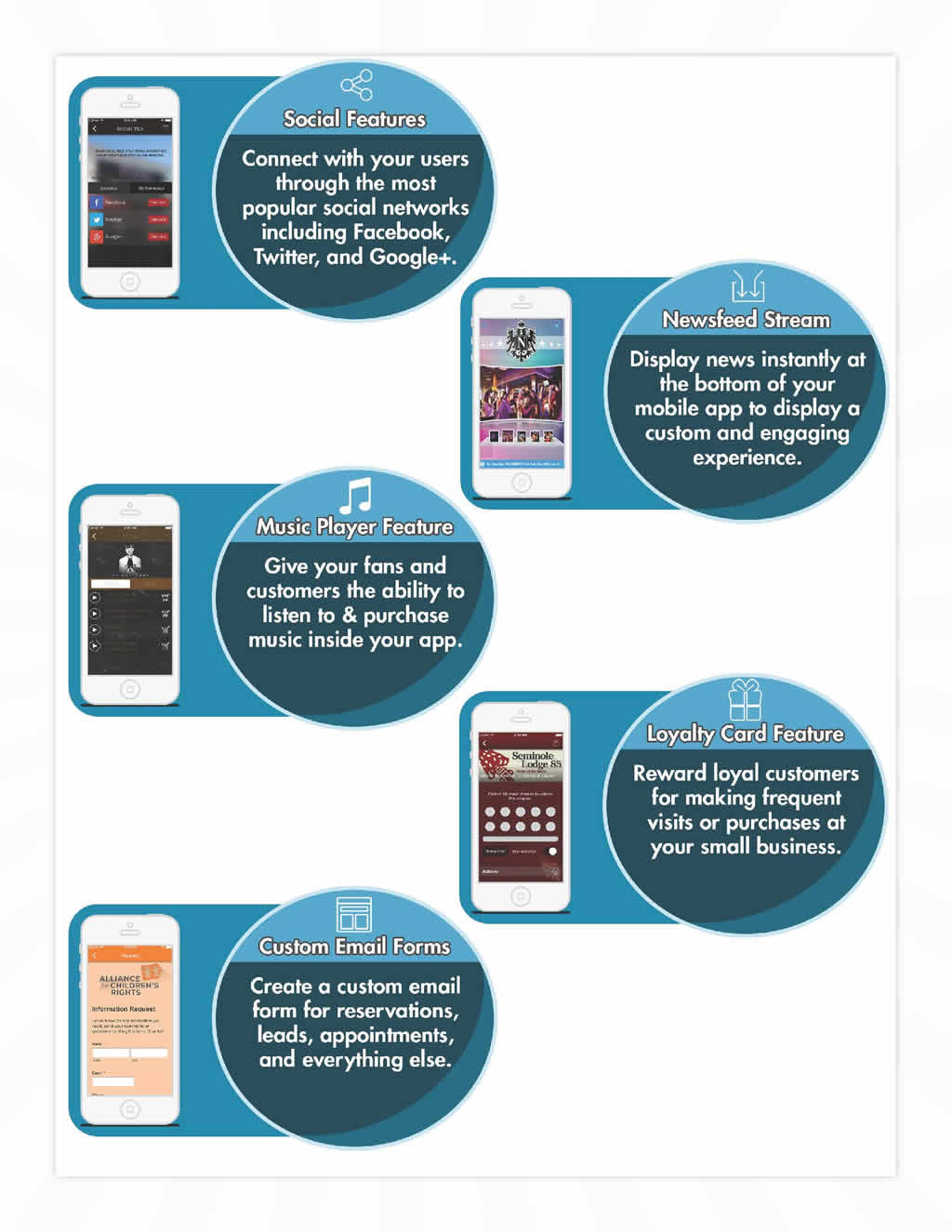The content you post on your business website, blog or even on your social media account says a lot about your business.
For some prospective customers, it could be the first time they encounter your business. So if they find content that is poorly written, rife with mistakes, offensive or just plain dumb, they probably are going to be turned off.
Formal Writing Matters
Customers have expectations about the businesses they choose — especially those they find them online. They expect businesses to be professional, considerate and keyed into their customers’ wants and needs.
Whenever you post content anywhere online, make sure it looks professional. If possible, hire a professional writer to create your content for you. If you write your own copy, at least have somebody read it over to make sure it the writing is formal.
Catch Mistakes Early
Things like misspellings, grammatical errors, and other writing mistakes will turn customers off. If people think you don’t know how to write properly, they will worry about the quality of the products or services you offer.
Use Grammarly or another online app to catch your writing mistakes before they make it onto your published content. These helpful writing apps show you how to improve your writing so it will read better for your customers.
Read It Out Loud
One effective way to grade the effectiveness of your writing is to read it out loud. Don’t be embarrassed.
Reading copy out loud helps you to understand how the content “flows” on the page. If there are grammatical errors, fragmented sentences, and other errors, they will be easier to spot when you are reading them out loud.
If possible, ask somebody you trust to listen to your copy as you read it out loud. A second set of ears will give you even more protection against possible errors.






 The first thing most people look at when landing on a web page is the headline. If the headline captures their interest, they will be drawn into the content of the rest of the page.
The first thing most people look at when landing on a web page is the headline. If the headline captures their interest, they will be drawn into the content of the rest of the page.
 George Orwell’s book “1984” described a dystopian future in which the government – in the form of “Big Brother” – was constantly keeping tabs on everything its citizens did and said.
George Orwell’s book “1984” described a dystopian future in which the government – in the form of “Big Brother” – was constantly keeping tabs on everything its citizens did and said.
 Have you noticed that there are a lot more videos now as you scroll through your Facebook stream? And that the number of links to videos on Twitter and other social media sites also has increased?
Have you noticed that there are a lot more videos now as you scroll through your Facebook stream? And that the number of links to videos on Twitter and other social media sites also has increased?


